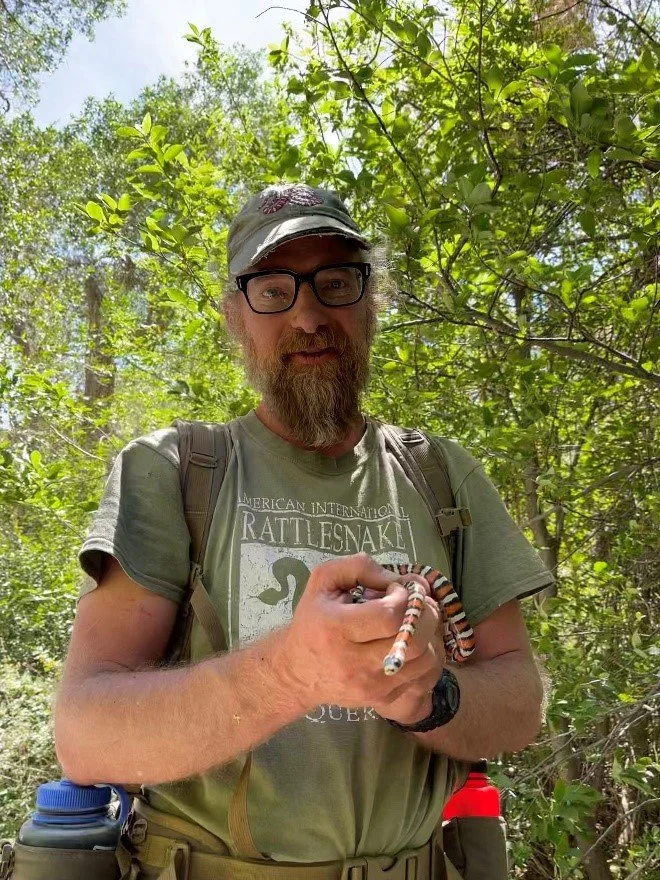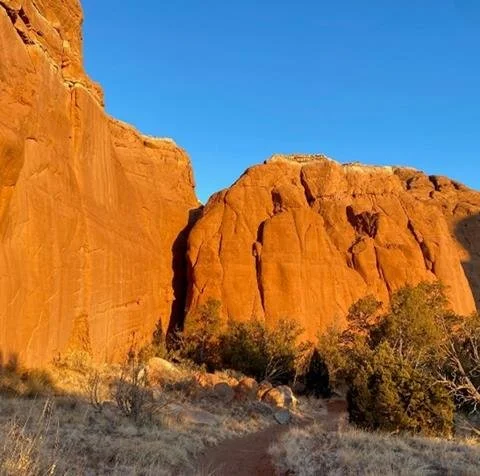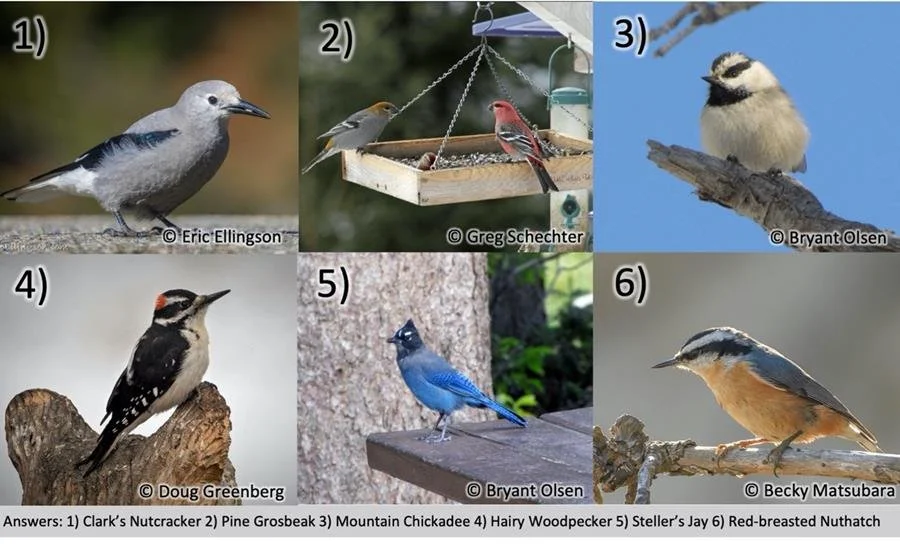Can You Identify These 6 High-Elevation Birds?
Welcome to Feeder Count Survey Window #3!
As we enter our third survey window, we want to say...YOU are amazing! Thank you for helping us meet our conservation goals by submitting your Feeder Counts.
The third survey window runs from Feb. 1 – Feb. 28, 2022.
Don’t forget to turn in your 20-minute feeder count via the survey123 app. If you’ve completed counts during the first or second window but haven’t submitted your data yet, please do so!
It is not too late to start doing feeder counts or recruit a friend to join us. Even if you’re just starting feeder counts in February, we’re happy to have you!
Quick Links
Watch the training here.
Conduct your Feeder Counts! Third survey window is Feb. 1 - Feb. 28.
Enter Your Feeder Count data in Survey123 or email your datasheet to rosyfinchstudy@gmail.com.
Rosy-Finch Rewards
By signing up or submitting your Feeder Counts, you are in the running to win prizes, like a rosy-finch enamel mug!
Bryan Hamilton. Baker, Nevada
Bryan Hamilton is a biologist at Great Basin National Park and volunteers his time on the Rosy-Finch Project. Bryan became interested in the Rosy-Finch Project because the Snake Range and Great Basin National Park have some isolated populations of Black Rosy-Finches. He is fascinated by how they live above tree line.
Bryan has yet to see a rosy-finch, but he is looking forward to getting his first observation this year!
Left: Bryan Hamilton, National Park Service biologist and Rosy-Finch Project volunteer, holds a Utah mountain kingsnake as part of his research efforts (also known as a Sonoran mountain kingsnake).
Research Room: Winter Roosts
(Left) Lucky Peak State Park in Idaho is known as a rosy-finch winter roosting site among Cliff Swallow nests ©Matthew Henderson. (Right) A rosy-finch roosts in the cracks of a red rock cliff in Kodachrome State Park, Utah. ©Jason Pietrzak
Do you ever wonder where rosy-finches go on these cold winter nights?
All three species will roost together in flocks, sometimes with hundreds of birds! They find warmer, sheltered spots in caves, cracks in the cliffs, pipes, railroad cars, bridges, buildings, wells, and even old swallow nests, and roost together in these spots overnight. The microclimate inside night roosts allows for significant energy savings as temperatures are considerably warmer in these shelters.
Test Your High-Elevation Bird ID Skills!
You may be very familiar with the three rosy-finch species, but can you identify these other high-elevation birds that may visit your feeders as well? Check your answers below the photos.





